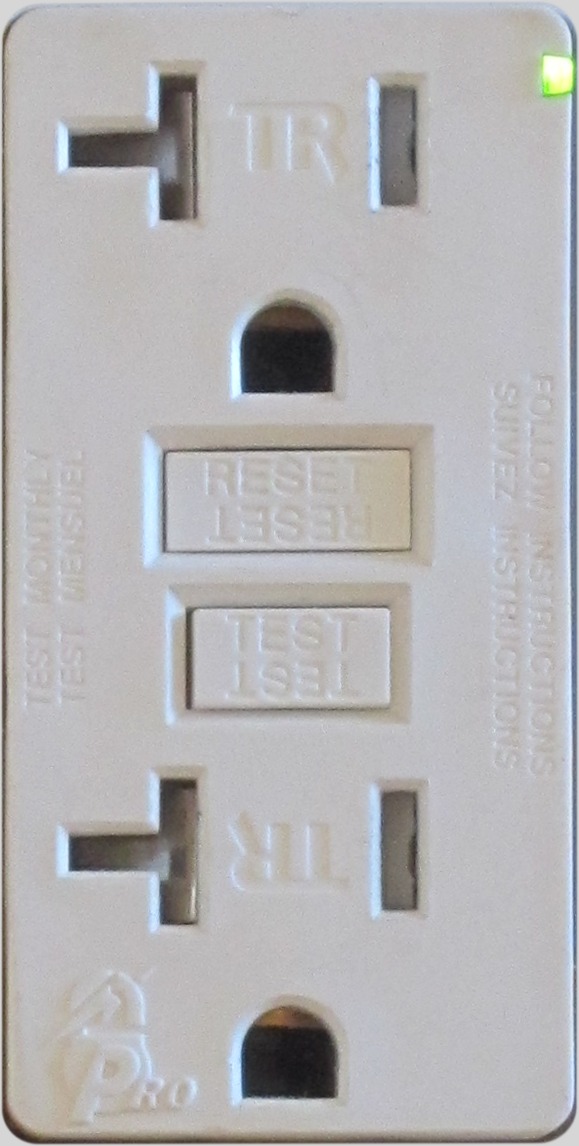How long did you hold the test button in? As I recall the resistor that the test button is connected to is designed to flow 8mA at 120 volts. The UL standard permits a 3.7 second time to trip for an 8mA fault. If the voltage is low the test current would also be lower. The standard would permit a 5.59 second time to trip at 6mA. The standard does not require the GFCI to trip if the fault current is less than 6mA.
It is required not to trip with a fault current of less than 4mA, permitted, but not required to trip for fault currents of 4 to 6mA, and must trip for fault currents above 6mA.
Yes, I am aware that most GFCIs trip instantly when the button is pushed, but the standard does not require them to do so.
Per the UL standard, the maximum permitted time to trip in seconds is equal to the quantity (20/fault current in milliamps) raised to the 1.43 power.





